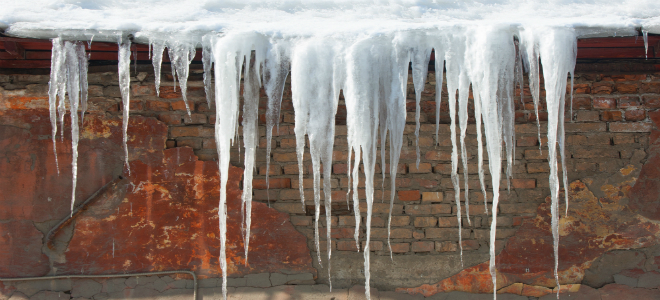A third of all emergency department visits are due to unintentional falls, according to the Canadian Institute for Health Information data collected in 2016-2017. As stewards of workplaces and public facilities, it is important to keep our staff and community members safe not only as a matter of human health but also of liability management.
In British Columbia, the Occupiers Liability Act requires us to “take that care that in all the circumstances . . . is reasonable to see that a person . . . and property on the premises . . . will be reasonably safe in using the premises”. The legislation may vary across the country, but our responsibilities are clear – we need to ensure our facilities are reasonably safe.
For decades, placing a yellow “wet floor” sign or an orange cone was a quick and easy fix to reducing liability and preventing slip and fall accidents. And while good signage is an important part of any facility’s strategy, it is not enough in today’s environment.
Start Outside with Ice Melters
Trap Water and Debris with Entrance Matting
Entrance matting systems are the hardest working cleaners in your facility. Lying at guard, an effective matting system can scrape and wipe off both large and small debris and keep liquid from entering your facility. A full winter solution will incorporate scraper type matting outdoors or in vestibules and then scraper/wiper or wiper matting indoors.
Size matters with matting – the more footsteps on the matting before walking on your hard floors, the better. You can run a little experiment by taking 8 steps (4 per foot) and measuring the distance with a tape measure. Now think about the variations of someone taller or walking faster than you. Most people are surprised at how much matting they need but the footsteps don’t lie.
Quality matting is not only beautiful with the look of the high-end commercial carpet but has incredible performance. The highest quality matting can hold up to 7 litres of liquid per square metre. This makes it very difficult to saturate, keeps liquid below the level of foot traffic, and in turn, helps to keep liquid from getting onto your floor and creating a slip and fall risk.
Get the Right Tools
Reduce the impacts
Even the best ice melting products leave residue on your floors and will leave a film of haze that doesn’t go away with normal neutral floor cleaners. Use a salt neutralizer to remove white films and bring beauty back to your floors.
In the end, a solid plan to get your facility winter-ready will help keep your community safe, reduce your risk profile, and keep your facility looking great.
Timothy Ambler is the general manager for Swish in British Columbia. Contact him at tim.ambler@swish.ca.
The preceding article has been adapted and reprinted with permission.








